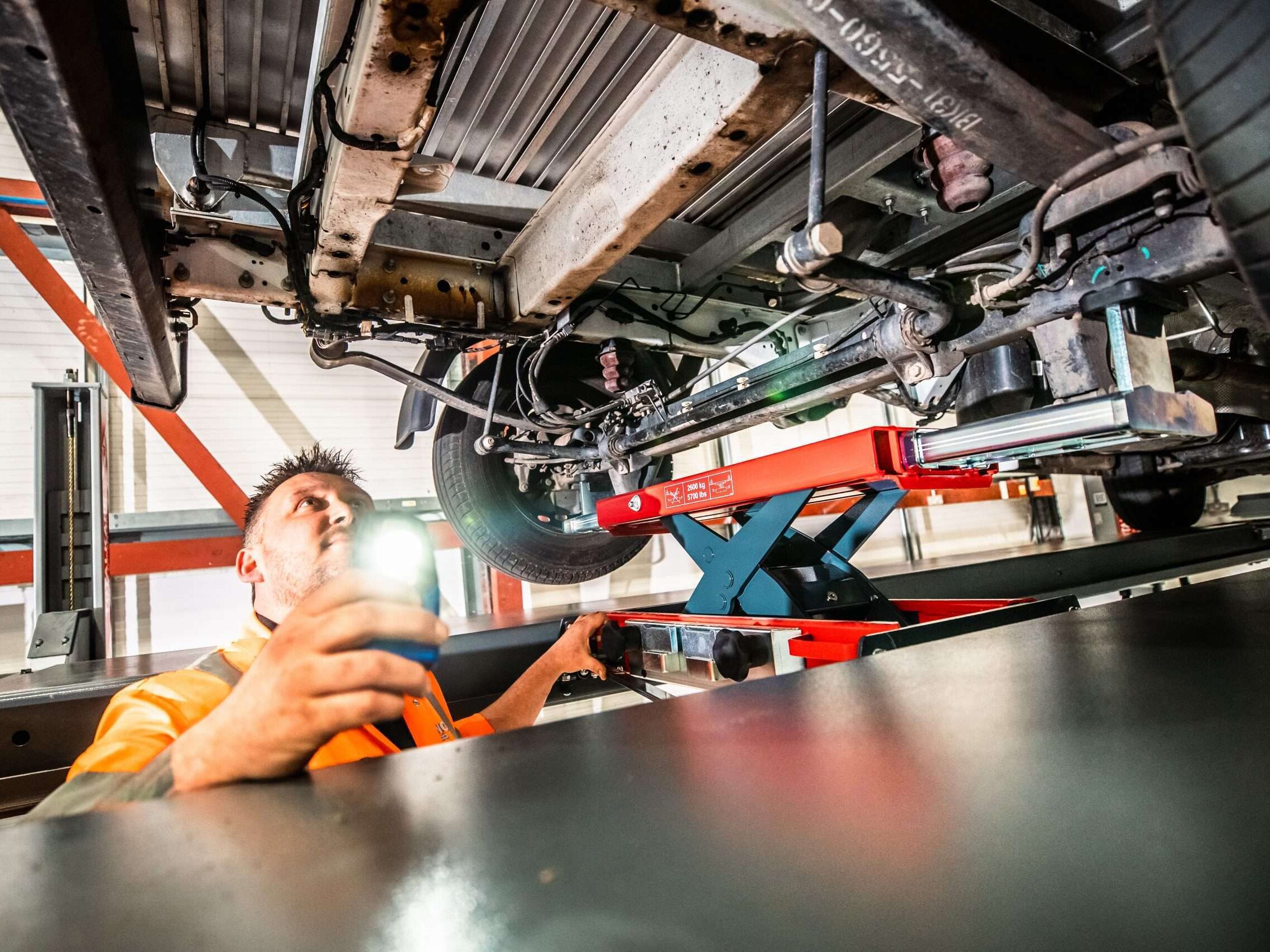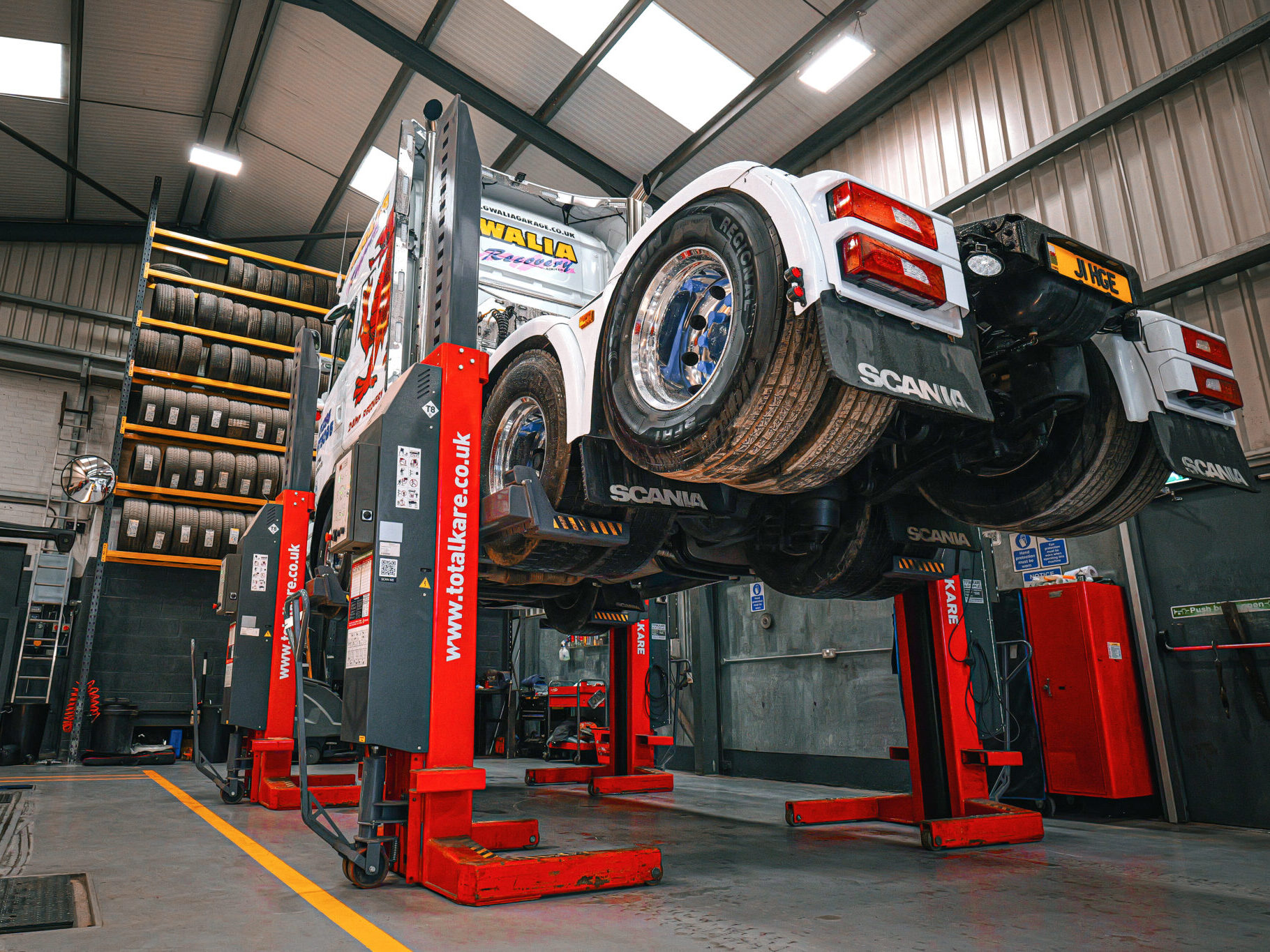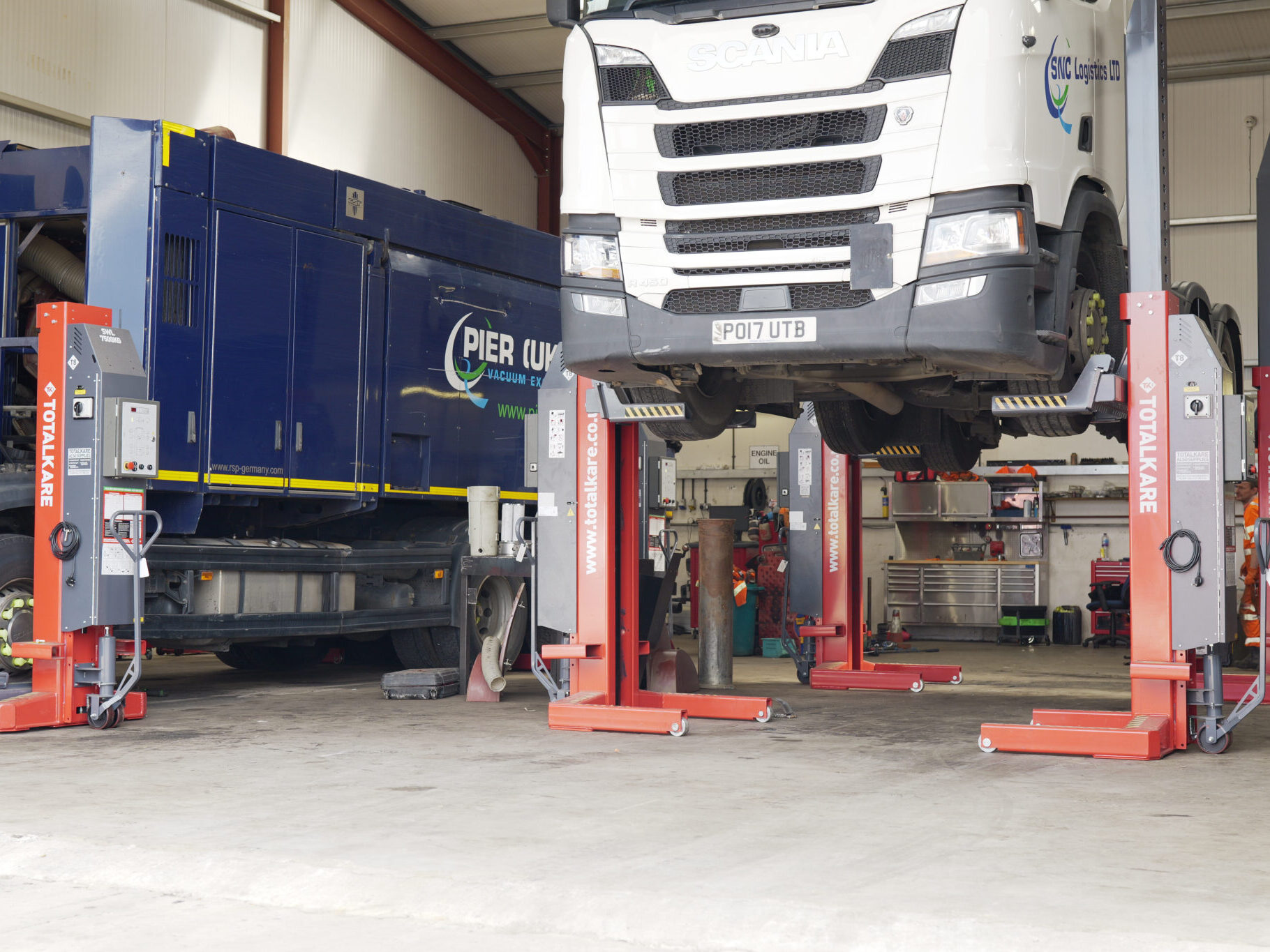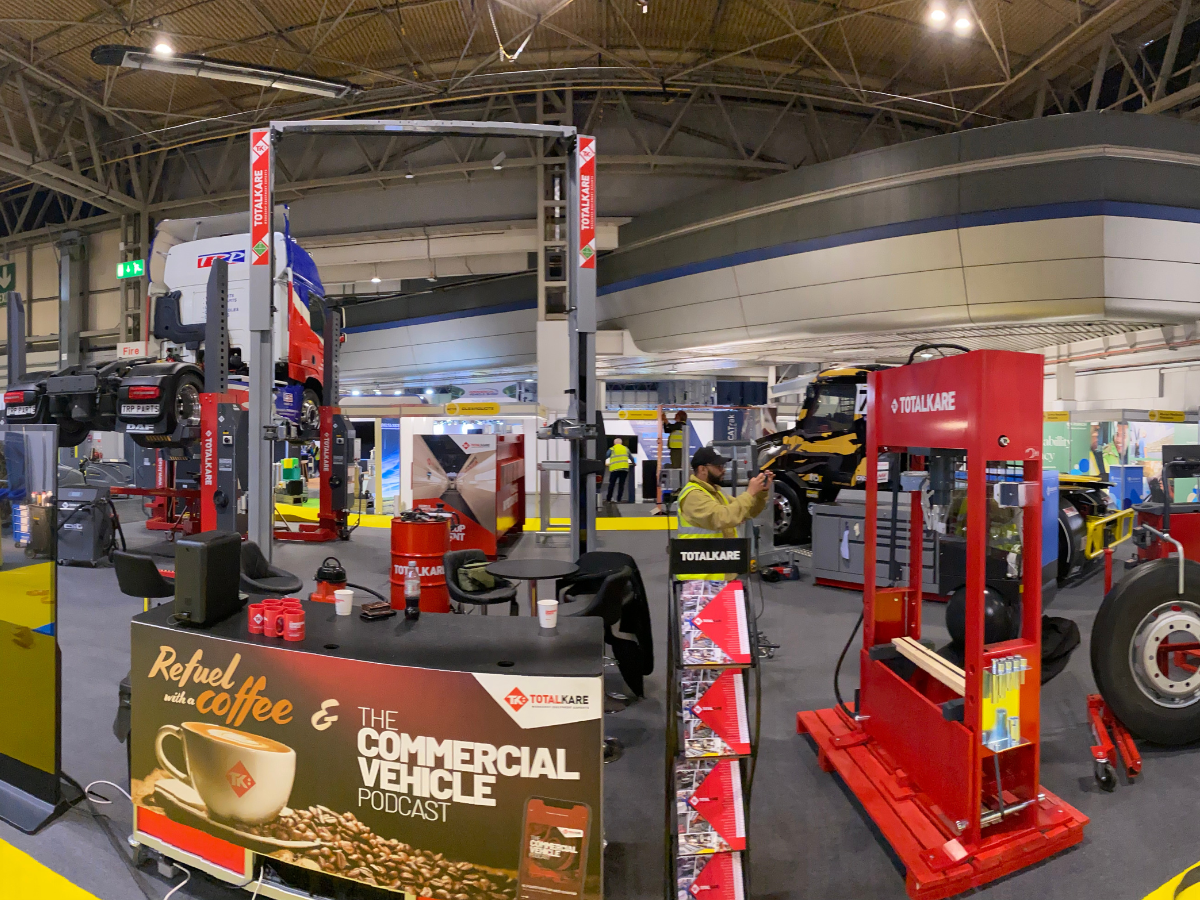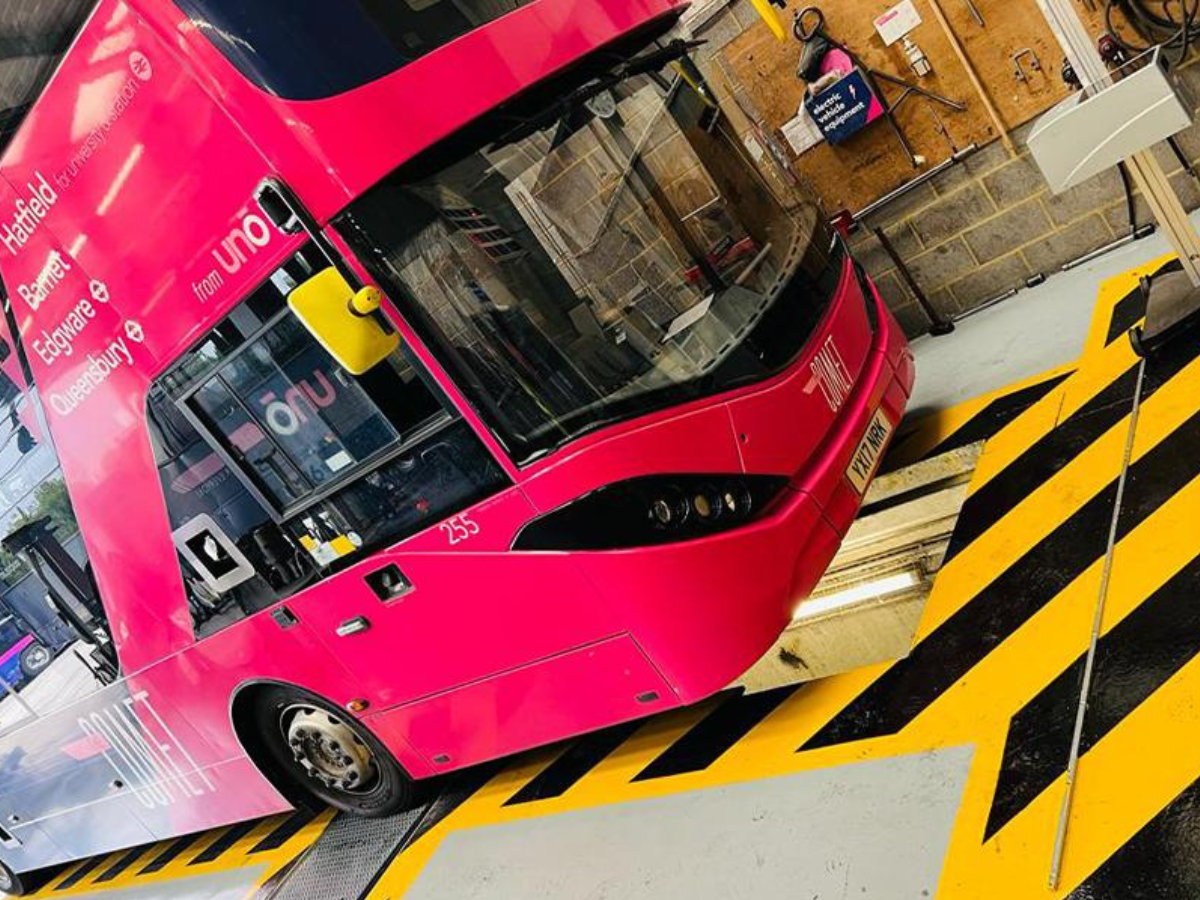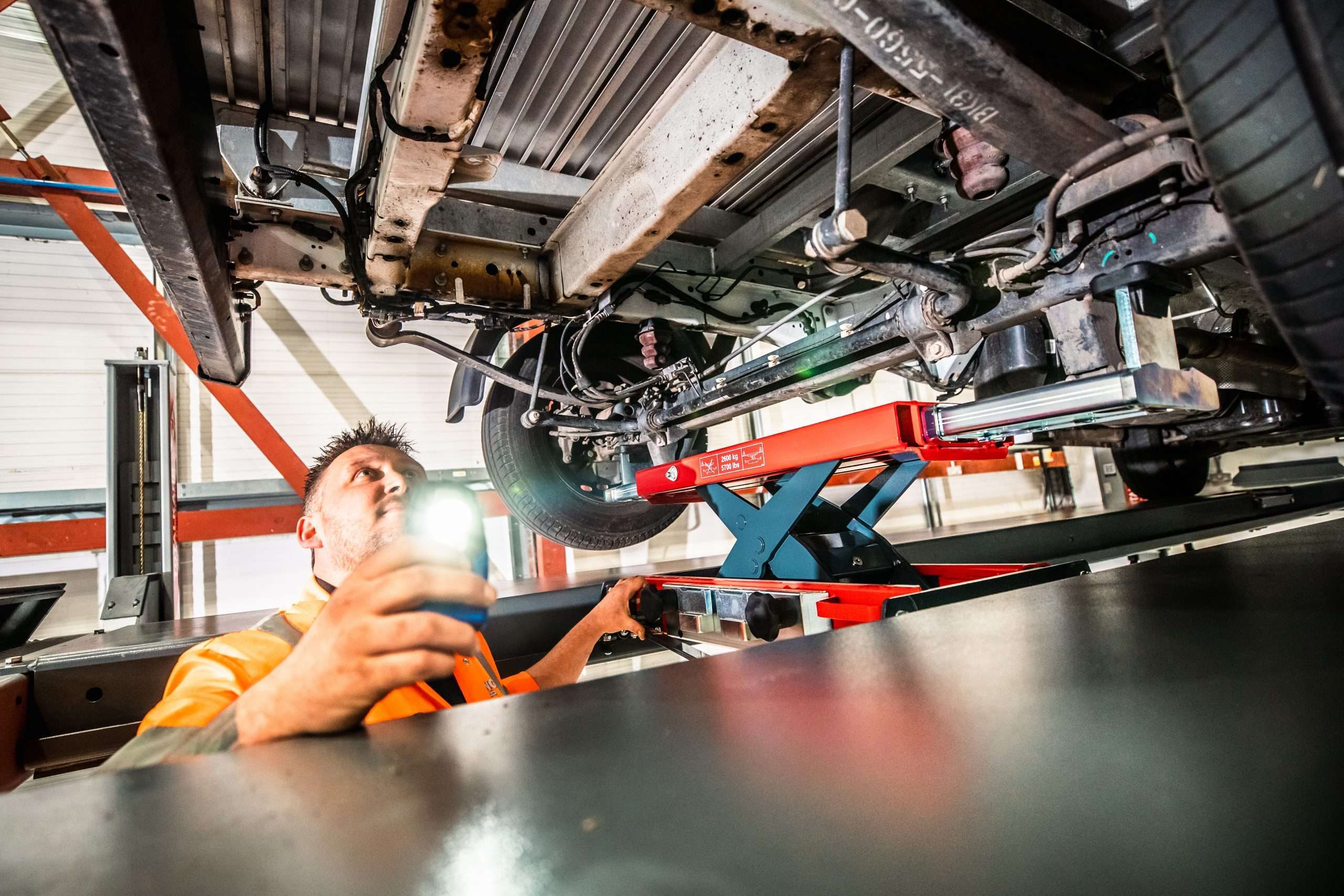Every workshop knows the importance of regular brake testing. But some workshops still aren’t quite up to speed.
With new government regulations around load simulation, the most basic equipment isn’t always enough — and some workshops are falling behind. Here’s what you need to know about modern brake testing systems — and the options you have for adding load simulation to your in-house tests:
Here’s what you need to know about modern brake testing systems — and the options you have for adding load simulation to your in-house tests:
Why Do You Need Load Simulation?
Standard brake testing measures how your brakes are performing with an empty vehicle.
But load simulation takes it one step further:
By adding weight to the vehicles as you test the brakes, you’re getting a more realistic gauge of how your brakes will perform in a real-world scenario.
When a commercial vehicle is out on the road, it’s rarely empty. And with the extra weight of goods and materials, your brakes have to work even harder to safely slow and stop the vehicle.
So if you want to be sure that your vehicles’ braking systems are working safely and properly, you need to test them under a weighted load — because that’s when your brakes really matter most.
When Should You Use It?
It used to be that load simulation was an optional extra for workshops and fleets.
It was always a good idea — but it was a recommendation, not a requirement. That all changed at the start of 2023, when the government brought in new regulations for commercial vehicles:
Since January 2023, goods vehicles and trailers need to be ‘appropriately laden’ for their annual MOTs — or they could be refused from taking the test.
So if you’re running in-house brake tests and you want accurate results?
You need to recreate the same test conditions they’ll be using at the MOT. And that means you need to test your vehicles using a simulated load.
How Does It Work?
For a vehicle to be ‘appropriately laden’, it needs to be loaded with at least 65% of the vehicle’s design axle weight (DAW).
If you’re loading weights manually, that means you need to:
- Place the loads close to the rear axles
- Use similar loads as you add weight — for better placement and consistent results
- Apply at least 65% — and not less than 50% — of the DAW to each axle.
This manual approach with physical weights will get the job done. But it’s a big time-sink, and it needs a lot of labour.
That’s why modern workshops are switching to load simulation brake testers — where the ‘weight’ is applied by the brake tester itself.
So what does that mean in practice?
There are four main ways to do it:
1. Axle Load Simulation
Good for:
- Workshops with low vehicle throughput
- Mobile brake testers
- In-ground brake testers (as a custom option)
Axle load simulation works by mounting chains on the subframes of the brake tester.
These chains are then attached to the axles of the vehicle, and pulled down by a mechanism to create a downward force on the vehicle’s axles.
This downward force creates the simulated ‘weight’ — as if the vehicle were laden with goods and materials.
Axle load simulation works for load capacities up to 8,000kg (or 16,000kg as an optional extra).
While the simulated weight is applied to each axle, it won’t activate or test the vehicle’s suspension system — or the load-sensing valve or function.
Because of the simple tech involved, axle load simulation is usually the most affordable option for load simulation.
But it’s also the most time-consuming method — which is why we only recommend it for workshops with a low vehicle throughput.
2. Chassis Load Simulation
Good for:
- Workshops that prefer using a pit
- Solo operators working from the vehicle cab
- In-ground brake testers installed over a pit
Chassis load simulation is designed exclusively for use in a vehicle inspection pit.
Free-rolling skates are installed onto rails on the floor of your pit. These skates are attached to special self-tensioning claws on chains, which are attached directly to the chassis of the vehicle.
These chains create a downward force on the chassis, simulating a loaded weight — just like the force applied during axle load simulation.
So what’s the difference?
The big advantage over axle load simulation is that you can test both axles on the vehicle without removing or reattaching anything.
Once you’ve tested the first axle, you can drive the vehicle forward to the next axle, and the skates in the pit will move along the rails to keep up with you — all while the chains stay attached to the chassis.
And with its remote control unit, the tester can control the entire test from start to finish — without leaving the cab of the vehicle.
3. Direct Load Simulation
Good for:
- New-build workshops
- Activating the suspension and load-sensing function
- Solo operators
- In-ground brake testers
While other methods apply forces from the bottom of the vehicle, direct load simulation is unique:
An electrical pallet truck with an extended arm pushes a load platform down onto the top of the vehicle.
This means that the vehicle’s suspension system and load-sensing function are activated during the test — something that axle and chassis load simulation can’t do.
The pallet truck can be positioned at either the back or the side of the vehicle, and can be operated by a single worker, applying a maximum load of up to 10,000kg to the axle being tested.
But because of the way it works, it’s only suitable for vehicles with a flat area on the top — like a flat-bed truck, a closed box truck, or a semi-trailer.
And because of the groundworks required to install it, it’s usually the best fit for new-build workshops — a retrofit usually isn’t practical.
4. Hydraulic Load Simulation
Good for:
- Activating the suspension and load-sensing function
- In-ground brake testers
Where other methods either push or pull, hydraulic load simulation does both — pulling down on the axle while pushing up on the wheel.
Just like with direct load simulation, this means you’re activating the suspension system and load-sensing function while you test.
It’s a unique system built into an in-ground brake tester that allows the operator to raise the roller bed out of the ground — lifted by 4 hydraulic cylinders for each roller bed.
Chains are attached to a sliding rail that’s concreted to the floor. These chains are then attached to the axle of the vehicle, which pull down as the roller bed raises up — creating the dual-force effect that simulates the load.
Looking To Get Ready for Your Next MOT?
With the government’s new regulations already in place, every workshop needs a way to test their brakes with load simulation — for more accurate results, and no nasty shocks when the test day comes.
So if you’re ready to upgrade your in-house testing stations, we’re ready to help: You can check out our full range of modern brake testers in our online shop — or start a chat with one of our experts to see exactly what your workshop needs.
This article was originally published by Totalkare.


